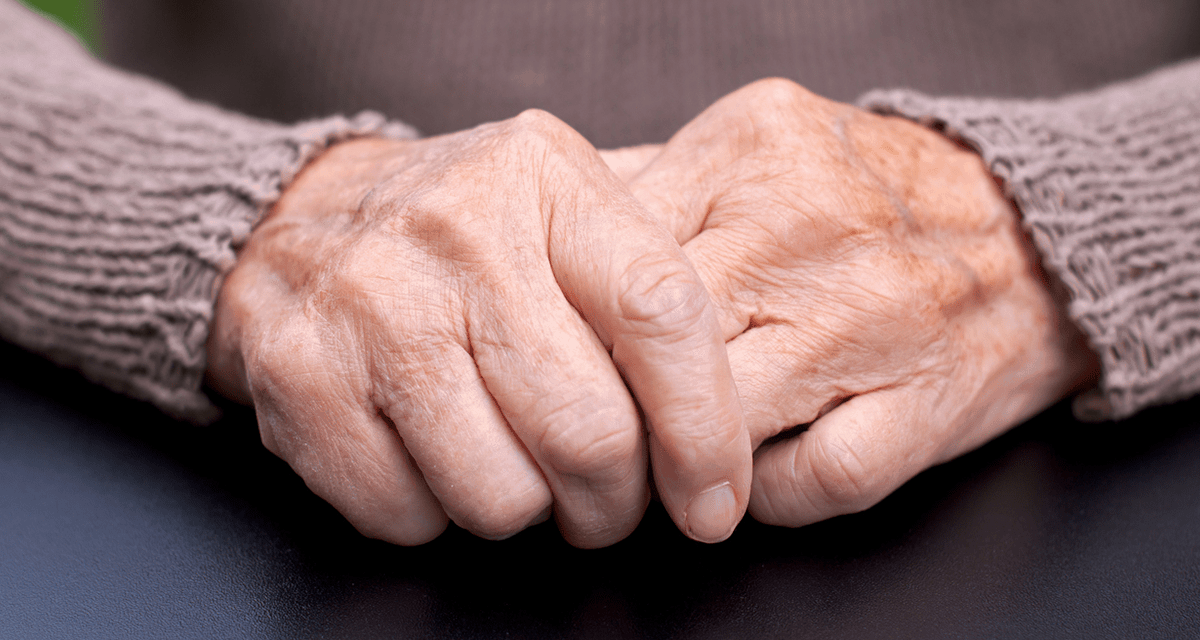Regular physical activity, including lighter-intensity activities, and less sedentary time appear to be associated with a lower risk of fracture in older postmenopausal women.
Fracture risk in older adults depends on several factors, including the presence of osteoporosis or low bone mineral density, a propensity for falls, and decreases in muscle strength, balance, mobility, and physical functioning. “Considering the enormous public health burden of fractures, an emphasis has been placed on identifying modifiable risk factors that might be associated with lower fracture rates,” says Michael J. LaMonte, PhD, MPH. “Identifying these factors could provide important clues for developing fracture prevention strategies for the aging population.”
The Physical Activity Guidelines for Americans (PAGA), first published in 2008 and updated in 2018, suggest that greater amounts of recreational physical activity are associated with lower risks for hip and total fracture in older adults. “However, data are lacking on a possible relationship with fractures at other body sites,” says Dr. LaMonte. To address this gap, Dr. LaMonte, Jean Wactawski-Wende, PhD, and colleagues had a study published in JAMA Network Open that assessed the associations of physical activity and sedentary behavior with fracture incidence. The study used data from the Women’s Health Initiative (WHI) and included more than 168,000 postmenopausal women aged 50 to 79 years.
Highlighting Key Findings
During a follow-up of 14 years, about one-third of the total patient population reported having a first incident fracture. “Greater participation in common activities of daily living—typically done at less than guideline-recommended amounts and intensities— were associated with statistically significant lower risks of hip and vertebral fractures,” says Dr. LaMonte. “Likewise, walking 150 minutes/week or more was associated with a significantly lower risk of hip fracture when compared with no walking activity. These associations persisted after accounting for several risk factors for fracture, other types of physical activity, and the amount of daily sedentary time.”
Participating in greater amounts of moderate-to-vigorous intensity activities (eg, jogging, heavy work activities, etc) was associated with a higher risk of wrist and forearm fractures. “Women with enough functional capacity to engage in more intensive activity may be more prone to falls with an outstretched arm to brace themselves,” says Dr. LaMonte. “This may increase their likelihood of a wrist or forearm fracture.”
The study also explored associations between sedentary behavior and fracture risks. “Somewhat surprisingly, sedentary time was significantly associated with only total fracture risk,” Dr. LaMonte says. “Women with the highest amounts of sitting (more than 9.5 hours/day) had a 4% higher risk of fracture compared with those with the lowest amounts of sitting (less than 6.5 hours/day).” When compared with women with the most sedentary time and no physical activity, fracture risk was lower in all other combinations of sedentary time and physical activity, even in women with the highest sedentary time who had increasingly higher activity levels (Figure). More studies are needed to determine if sedentary behavior is an independent factor that predisposes women to fracture.
Assessing the Implications
The 2018 PAGA recommend that older adults avoid prolonged sedentary time; aim for at least 150 minutes/week in moderate-to-vigorous intensity aerobic physical activity; and participate in resistance exercise at least 1 to 2 times per week. Findings from the WHI study may be prominent in the section on bone health and fracture when the next PAGA update is published. “Older patients should be routinely assessed for the amount of time they spend doing various types of physical activity and how much time they spend in sedentary behavior, much like how we assess other important indicators of healthy aging, such as body weight or blood pressure,” Dr. LaMonte says.
Older patients should be routinely assessed for physical activity and encouraged to be physically active by incorporating more movement into daily life activities, says Dr. LaMonte. “Simple things like walking around the home, doing household chores, and engaging in structured group exercise and resistance activities are good choices to recommend to older patients in their efforts to increase their physical activity.” To be consistent with the current physical activity guidelines for public health, Dr. LaMonte suggests being vigilant in telling older patients to sit less and move more because every movement counts.



 Janine Anthes
Janine Anthes